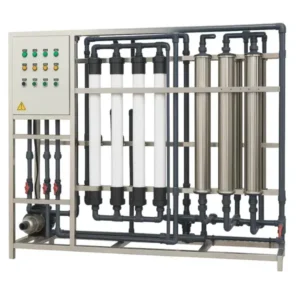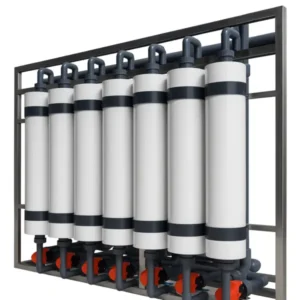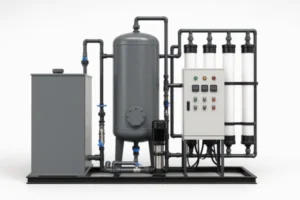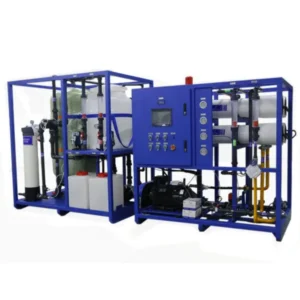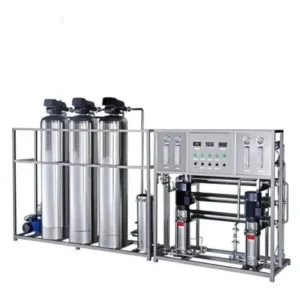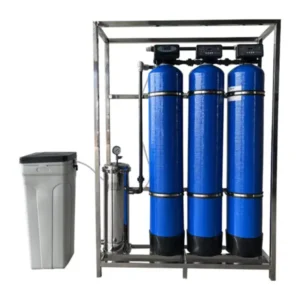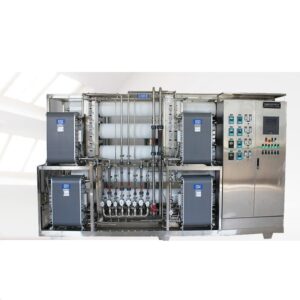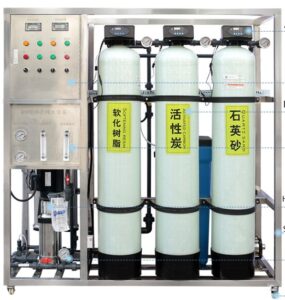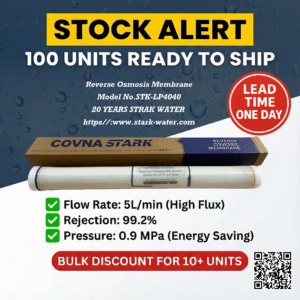
Industrial & Commercial Water Treatment Systems Manufacturer | Stark Water
Peralatan Pengolahan Air
- Solusi Rekayasa yang Disesuaikan
Kami menawarkan sistem pengolahan air yang sepenuhnya disesuaikan yang dirancang untuk memenuhi kebutuhan proses spesifik Anda, keterbatasan ruang, dan standar regional. - Garansi 18 Bulan & Dukungan Teknis Seumur Hidup
Setiap pembelian sudah termasuk garansi kualitas selama 18 bulan dan dukungan seumur hidup. - Pelatihan Instalasi Gratis di Lokasi
Panduan instalasi dan commissioning ditawarkan secara gratis. - Kemasan kelas ekspor adalah standar
Semua peralatan dikemas dengan bingkai kayu sesuai dengan standar ekspor secara gratis. - Layanan Ekspor & Pengiriman yang Komprehensif
Kami menawarkan dukungan penuh untuk pengiriman LCL dan FCL, termasuk layanan pemuatan kontainer gratis di fasilitas kami. Untuk pesanan domestik di dalam provinsi, tersedia pengiriman gratis. Semua logistik didukung dengan dokumentasi yang tepat dan koordinasi yang tepat waktu. - Janji Kami: Kemitraan Jangka Panjang
Pesanan Anda menandai awal-bukan akhir-dari komitmen kami. Kami tumbuh bersama klien kami, di setiap langkahnya.
Mengapa Memilih Covna Stark
Bagian Pengolahan Air
200+ Sertifikat Paten






Lihat Lebih Banyak Produk
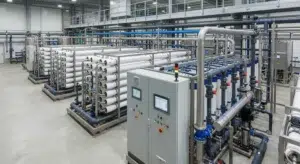
Panduan Pengolahan Air Industri
Ultrafiltration Membrane Process: A Complete Guide to Water Treatment Design & Operation
Baca Selengkapnya "
Desember 5, 2025

Panduan Pengolahan Air Industri
Industrial Water Treatment FAQ — Essential Questions Every Operator Should Master
Baca Selengkapnya "
November 24, 2025

